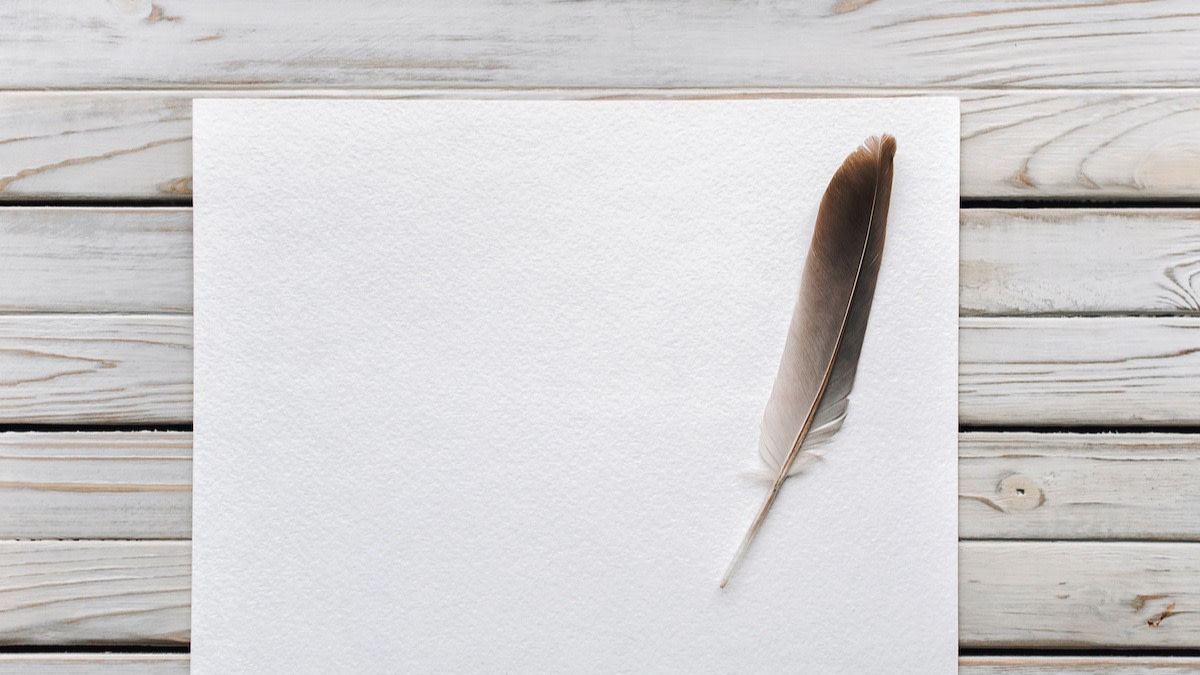How to Write Sijo Poetry: 4 Sijo Writing Tips
Written by MasterClass
Last updated: Aug 5, 2021 • 4 min read
Korean sijo poetry is the art of the compressed narrative: sweeping emotions, vast pastoral imagery, and philosophical musings, all in the space of a few breaths.
Learn From the Best
What Is Sijo Poetry?
Sijo is a three-line poem that is believed to have first appeared in fourteenth-century Korea, during the Goryeo period. By the time the Goryeo gave way to the Joseon dynasty, sijo became the favored type of poetry, especially among the upper-classes.
Those early forms of sijo were written in classical Chinese for and by the yangban (ruling class and gentry) in royal courts, who could understand it—Chinese was the written language, while Korean was spoken. It wasn’t until the emergence of Hangul characters later in this same period that the ancient form of Korean poetry began to step outside of its Confucian constraints and become more accessible to the masses.
Because sijos were originally short songs (called sijo chang, which included musical accompaniments like drums) and meant to be sung, the form and subject matter tends to be lyrical in nature, with a focus on nature and contemplation.
How to Structure Sijo Poems
Sijo poems follow a structure familiar to fans of Japanese haiku and tanka: There are three lines in total, each with about 14–16 syllables, for a total syllable count of 44–46. The rhythm and lilt of each line is determined by its grouping pattern; poets can and do take liberties with how these groups are formed, but the total syllable count for the line remains the same.
Where haiku may encourage the briefest glimpse of feeling or scene, sijo has a touch more room to paint a picture. The first line sets the theme of the poem, say, with a 3-4-4-4 grouping pattern; the second line elaborates with a similar 3-4-4-4 echo, introducing more detail or perspective; the third line presents some kind of conclusion. In particular, the first half of the final line introduces a twist or counter-theme, either in the rhythmic elements or feel of the poem, before landing the conclusion.
Typically, each line will also feature a break or a pause in the middle of the thought; early printing restrictions caused these breaks to translate as a new line, so you may see modern sijo use anywhere from three to six lines.
3 Traditional Examples of Sijo Poetry
The oldest surviving sijo is often attributed to U T’ak (1262–1342):
The spring breeze melted snow on the hills then quickly disappeared.
I wish I could borrow it briefly to blow over my hair
And melt away the aging frost forming now about my ears.
This sixteenth-century poem comes from one of the most beloved Korean classical sijo poets, Hwang Chin-i (1522–1565):
Oh that I might capture the essence of this deep midwinter night
And fold it softly into the waft of a spring-moon quilt
Then fondly uncoil it the night my beloved returns.
This popular example is from Yun Seon Do (1587–1671):
You ask how many friends I have? Water and stone, bamboo and pine,
The moon rising over the eastern hill is a joyful comrade.
Besides these five companions, what other pleasure should I ask?
Western Adaptations of the Sijo Form
In the late 1980s, a Western haiku poet named Elizabeth St. Jacques teamed up with publisher Dr. Larry Gross to produce Sijo West, the first poetry journal to feature English-language explorations of the sijo form. Though the journal ceased publication in 1999, St. Jacques has remained an ambassador of the form and has continued to publish collections like Around the Tree of Light (1995) and Sijo Blossoms (2001).
How to Write Sijo: Step-by-Step Guide
- 1. Remain respectful. Writing sijo isn’t unlike starting any other kind of poem. Poet Elizabeth St. Jacques’s advice to would-be poets is to remain mindful of the origins of Korean sijo: the basic structure; the musical, syllabic rhythm; and the twist.
- 2. Find inspiration. Your setting can be anything from a favorite place, a season, or something that happened during your day. Dial-in on the details: What are the characteristics of that place, or that season? What are the sounds and smells like? How do they make your narrator feel?
- 3. Decide on your theme. What point do you want to make with your twist ending? Who do you want to address? The main goal is to subvert the expectations of the reader, in a small, subtle way—a mere shift of perspective or tone will do the trick.
- 4. Fit your observations and phrases into the sijo format. Whittle down your sentences to distill their essence, choosing the most impactful and visionary words. Experiment with where you place your groupings, and note how a comma changes the rhythm. Read your sijo out loud; where are the natural pauses? How will you draw your listener in?
For a broader introduction to sijo, and to English-language sijo poetry specifically, check out The Sejong Cultural Society, a resource hub for those looking to delve into Korean literature and artistic heritage. You’ll find plenty of collections for English speakers—like Urban Temple, written by Harvard University professor of Korean literature and sijo evangelist David McCann—along with writing competitions.
Want to Learn More About Writing?
Become a better writer with the MasterClass Annual Membership. Gain access to exclusive video lessons taught by literary masters, including Billy Collins, David Baldacci, Joyce Carol Oates, Dan Brown, Margaret Atwood, and more.
